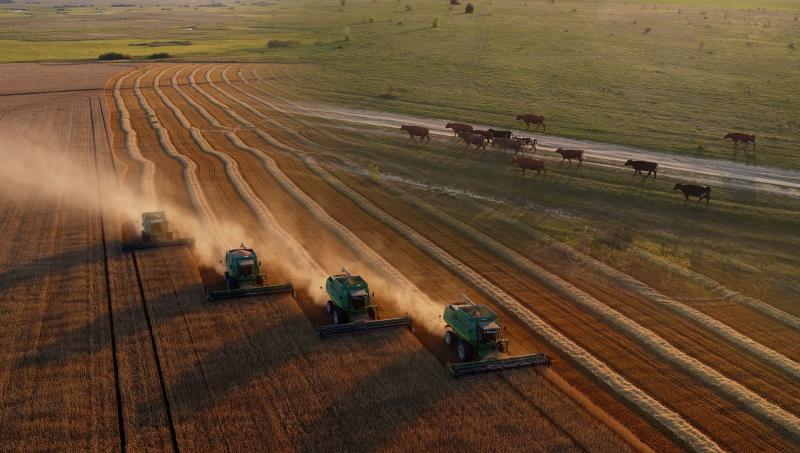
We can talk and write about the problems of the agro-industrial complex for a long time. Today World of NAN decided to turn only to statistics and find out what the main indicators of agriculture came to, given the multibillion-dollar state support.
Let's start with cattle breeding. According to statistics, in 1991, the year of Independence, the number of cattle was 9.5 million. In different years, this figure has changed, the decline came in 1998. Then the number fell to 3 million 958 thousand. The number of cattle approached to indexes of 1991 only last year, when the total number of cattle grew to 9 million 248 thousand. As the figures prove, there is no growth to speak of. Only a recovery of the previous volume.
As for the number of sheep and goats in the country, no one has managed to come close to the earlier figures. If their total number at the time of obtaining the sovereignty was a little more than 34 million, in 1998-1999 there was a crisis. The number fell to 9.5 million heads. And it took a long time to recover. During 8 months of the current year, the total number was 24 million 305 thousand. That is, at least 10 million sheep and goats need to be bred before reaching the former indicators. According to experts, since 2013 the average annual rate of increase in the number was only 1.9%, and in order to reach the record it is necessary to show an increase of 71%. That would take another 29 years at the current rate.
In poultry farming, it is also too early to boast about volumes. There were 60 million birds as of 1991. In 1996 that number dropped to 15 million. During the eight months of this year, only 50 million have been achieved. To restore the former volumes, you need to work hard for another 4 years at the current rate of growth, analysts say.
Only the number of horses and camels can give comfort to the livestock population. Thus, if in 1991, there were 1 million 626 thousand horses, the 8 months of 2020 recorded an increase to 3 million 874 thousand heads. This is a new record in the history of independent Kazakhstan. The number of camels also reached a new record, the number of which has increased from 145 thousand in 1991 to 268 thousand.
The statistics on crop yields is not rosy, however. If in 1992 it was 13.2 centners per hectare, in 2021 it fell by 20%, to 9.9 c/ha (most likely due to drought). Overall, in 2013-2021 the average yield was almost 12 cwt/ha. The highest figure was in 2011, 16.9 cwt/ha. Such figures have not been achieved since then.
It is noteworthy that grain yields in Kazakhstan are at a fairly low level compared to many countries in the world. For example, according to the World Bank, the yield in Russia in 2020 amounted to 29 c/ha, in Ukraine 43 c/ha, and in Germany as much as 71 c/ha. In general, the global grain yield was almost 41 cwt/ha and it is growing every year. In 1961, the average yield in the world reached 14.8 kg/ha, and in 1991 - 29 kg/ha. That is, over 30 years, the yield in the world has increased by 63%. At the same time in Kazakhstan against 1992 there was a decrease of 11%. It is clear that our country went through a sharp transformation period in the 1990s.
For example, by 1998 yields fell sharply to 5.6 c/ha. However, in the 21st century, this figure stagnated with adjustments for weather fluctuations and averaged 11.8 cwt/ha. Even in arid countries like Australia and Afghanistan, cereal yields are dozens of percent higher than in Kazakhstan and showed steady growth in recent years. That is, when the world is developing agricultural technology and productivity, and hence yields, we are not seeing a similar trend in Kazakhstan. All this suggests the presence of various systemic problems in the agricultural sector, by solving which we can easily increase grain production by at least 50%.



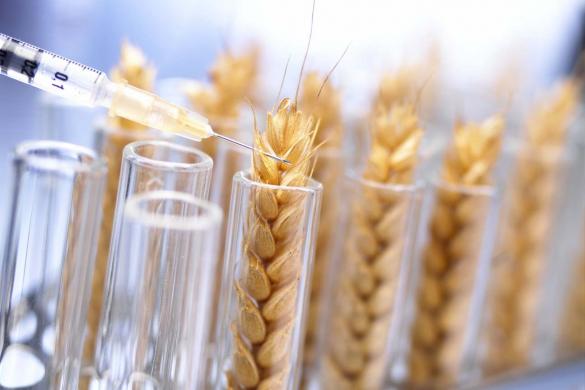
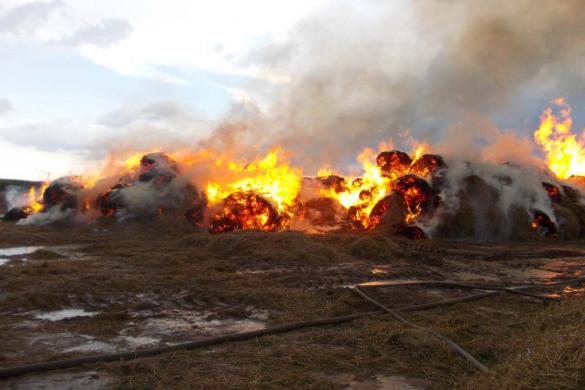

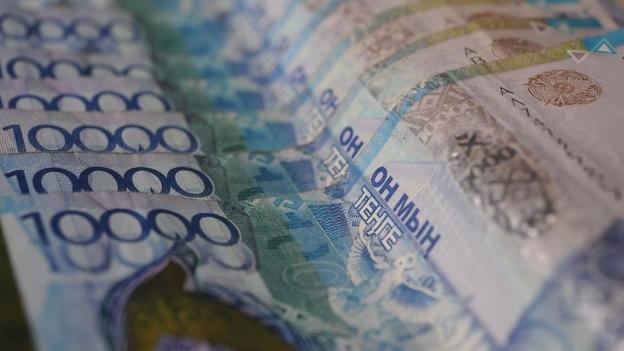







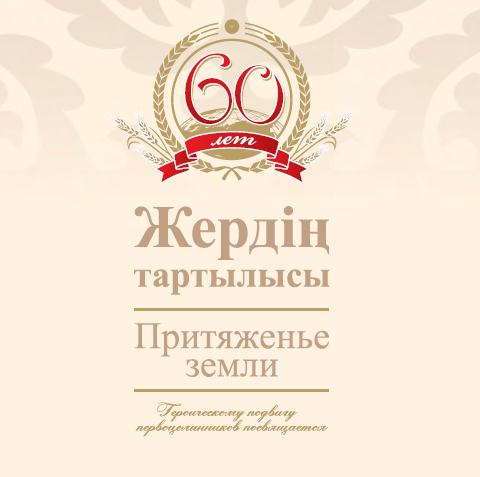





























Обсуждение